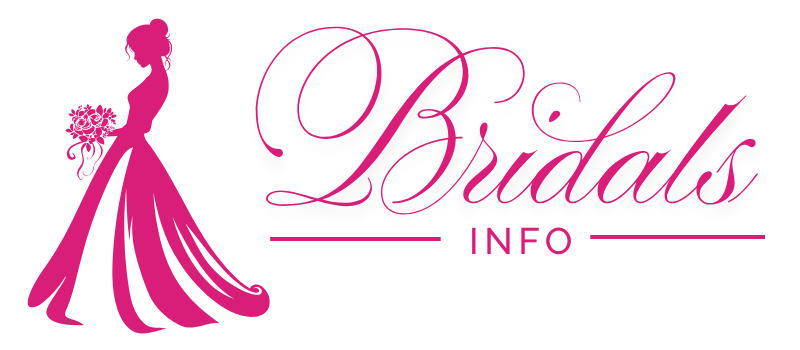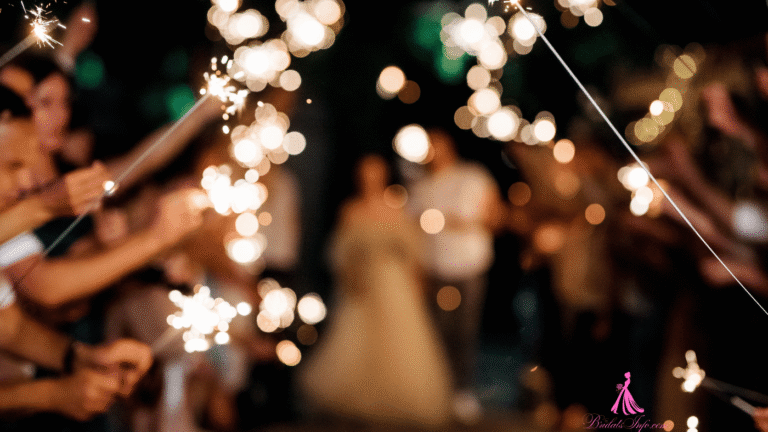Couples have been more deliberate about how they spend their wedding budgets over the last ten years, especially when it comes to entertainment. Due to changing tastes, growing expenses, and a greater understanding of experience-driven value, the DJ vs. live band controversy has gained significant traction. It has never been more pertinent to compare the two in terms of money.
Firsthand accounts and pricing data analysis make the differences very evident. In general, DJs provide a significantly more economical option; the majority of their packages range from $1,000 to $2,500. They usually need fewer workers, and managing, setting up, and transporting their equipment is not too difficult. As emcees, lighting technicians, or coordinators of ceremony music, many DJs also offer other services, which makes their role extremely flexible within a single fee structure.
Wedding DJ vs Live Band: A Cost Comparison Guide
| Option | Average Cost (USD) | Key Features | Best Suited For |
|---|---|---|---|
| Wedding DJ | $1,000 – $2,500 | Compact setup, broad music range, minimal staffing, emcee options | Couples seeking variety, flexibility, and lower costs |
| Live Wedding Band | $3,000 – $7,500+ | Multiple musicians, concert-style performance, live vocals, rich ambiance | Couples desiring a high-energy, performance-driven vibe |
However, the atmosphere created by live bands is unparalleled. With layered harmonies and live interaction, a five- to ten-piece ensemble turns a space into a vibrant musical experience. However, the cost of this level of performance is high. Wedding bands typically cost between $3,000 and $7,500, with high-end acts charging $10,000 or more, depending on staffing, travel, and the complexity of their repertoire, according to updated data from Brides and The Knot.
Many couples reduced the number of guests during the pandemic, but they made greater investments in the ambiance. That change gave live music a new lease on life. But it also highlighted how sensitive DJs are to price, especially when weddings started to come back in full force. The price difference is frequently the deciding factor for couples on a tight budget, even though it is justified in terms of labor and logistics.
Interestingly, DJs have a tactical edge in venues that are smaller or have sensitive acoustics. They can quickly adjust to sound limits without sacrificing quality, and their setup is small. This flexibility is especially helpful in outdoor locations with noise ordinances or historic venues. One bride, who was getting married at a vineyard in California, revealed that she saved money and hours of coordinating with the venue staff regarding power supply, stage setup, and volume thresholds by going with a DJ instead of a live jazz trio.
However, bands continue to be the best option for producing a sense of spectacle. Particularly at pivotal times like a first dance or last call, their presence is captivating. Bands are frequently chosen by couples because of the warmth and energy that only live instrumentation can provide. Additionally, guests react emotionally—dancing, cheering, and occasionally crying—when a vocalist adds their own unique touch to a beloved song. Digital replication of this degree of engagement is challenging.
There is also regional variation. Due to demand and the cost of living, wedding bands in cities like New York or San Francisco can easily cost more than $8,000. Although the rate difference is still substantial, DJs in these areas also charge more. Both bands and DJs tend to be less expensive in more rural or suburban areas, but the percentage difference usually remains the same.
Hybrid configurations have become more and more popular in recent years. A DJ combined with a live percussionist or saxophonist is one example of this; it provides some of the texture of a band while still being reasonably priced and versatile. Celebrity couples and mid-tier planners alike have adopted this compromise, which has proven especially successful in enhancing the reception without going over budget.
The length and complexity of the reservation are also significant cost factors. Four-hour receptions, six-hour events with cocktail music, or full-day coverage that includes ceremony, dinner, and dancing are just a few of the customizable packages that DJs frequently offer. Extra hours are available at a fair hourly rate. On the other hand, bands need to plan their schedules carefully, and their contracts usually include provisions for meal breaks. The cost of labor and catering alone can reach thousands of dollars if you’re organizing a seven-hour event with several performance segments.
Another benefit that DJs offer from a technological perspective is the ability to customize music. They can modify playlists to suit changing moods and access almost any song on demand. They are very effective at sustaining energy levels throughout the night because of their capacity to quickly change direction, mix, and accommodate requests. Unquestionably more visceral, a live band is typically restricted to a carefully chosen song list and may charge more to learn new material specifically for your event.
However, in an effort to broaden their appeal, some bands have started incorporating technology. They have become more nimble by adding backing tracks, digital effects, or hybrid sets that combine DJ-produced beats with live vocals. This invention is especially creative for high-end weddings where customization is crucial.
It’s also important to consider the emotional aspect. The soul of a live band may particularly appeal to a couple who met at a concert. A carefully chosen set list played through top-notch speakers may bring joy to a couple who bonded over late-night DJ sets or Spotify playlists. The purely financial comparison is frequently outweighed by these profoundly meaningful moments of personal alignment.
The choice has also been impacted by social media. As part of their packages, DJs usually include lighting, fog machines, and custom backdrops that look amazing in reels and photos. However, the presence of a live band frequently makes for better uncut footage, capturing movement, facial expressions, and joyous energy in a more emotionally compelling manner.
Entertainment tastes are moving toward dynamic, customized, and interactive formats as millennials and Gen Z now make up the majority of married couples. DJs are a good fit for this model because of their seamless genre blending and real-time engagement. Nonetheless, traditional live performances are consistently revered, particularly in multicultural weddings and among families where live instruments have cultural significance.
Couples are becoming more deliberate in their choice between a band and a DJ as music plays an increasingly important role in the narrative at weddings. It’s about creating a soundscape that reflects their identity, not just about saving money or making a statement. The selection becomes a reflection of identity, values, and emotion, whether it’s brass sections or bass drops.

